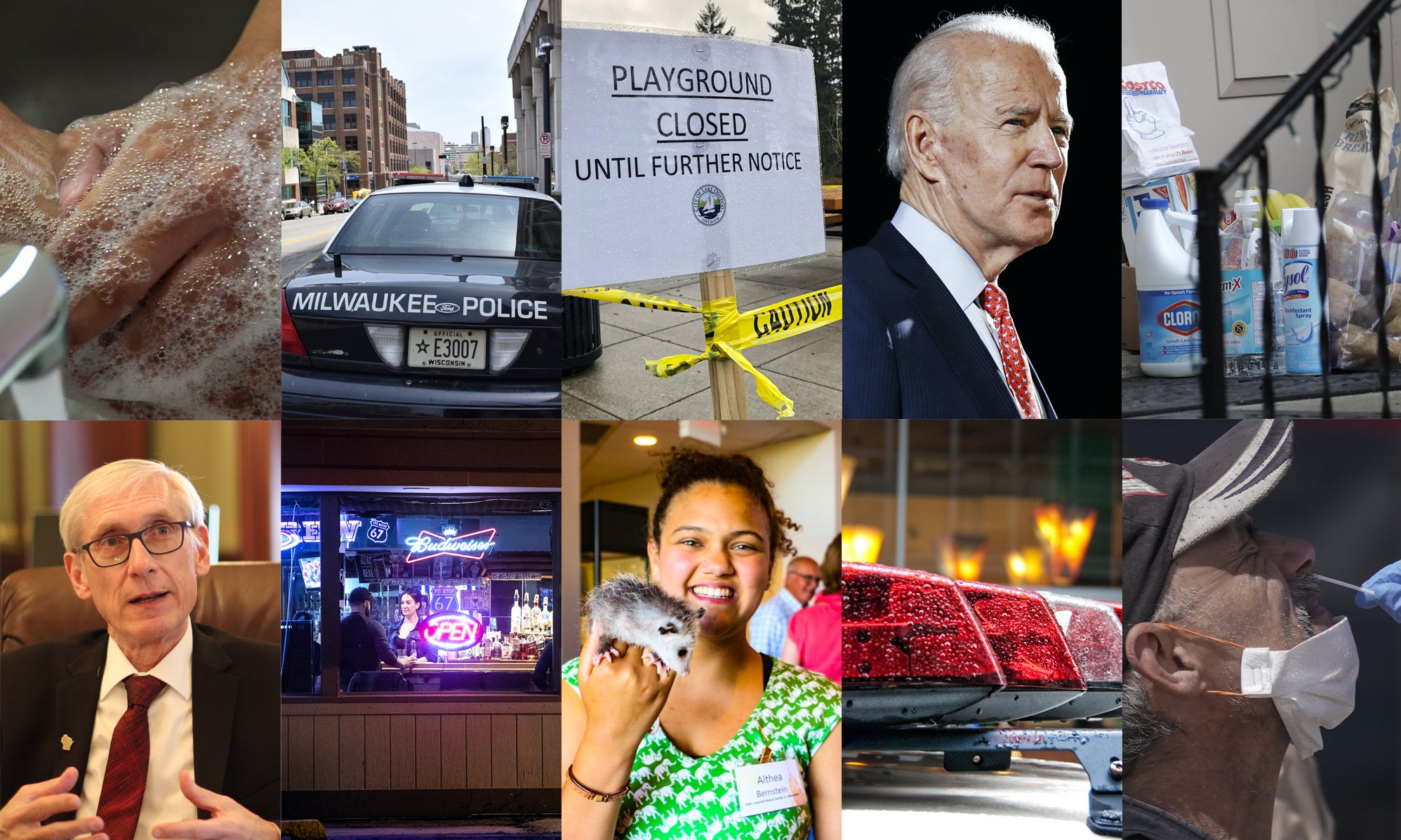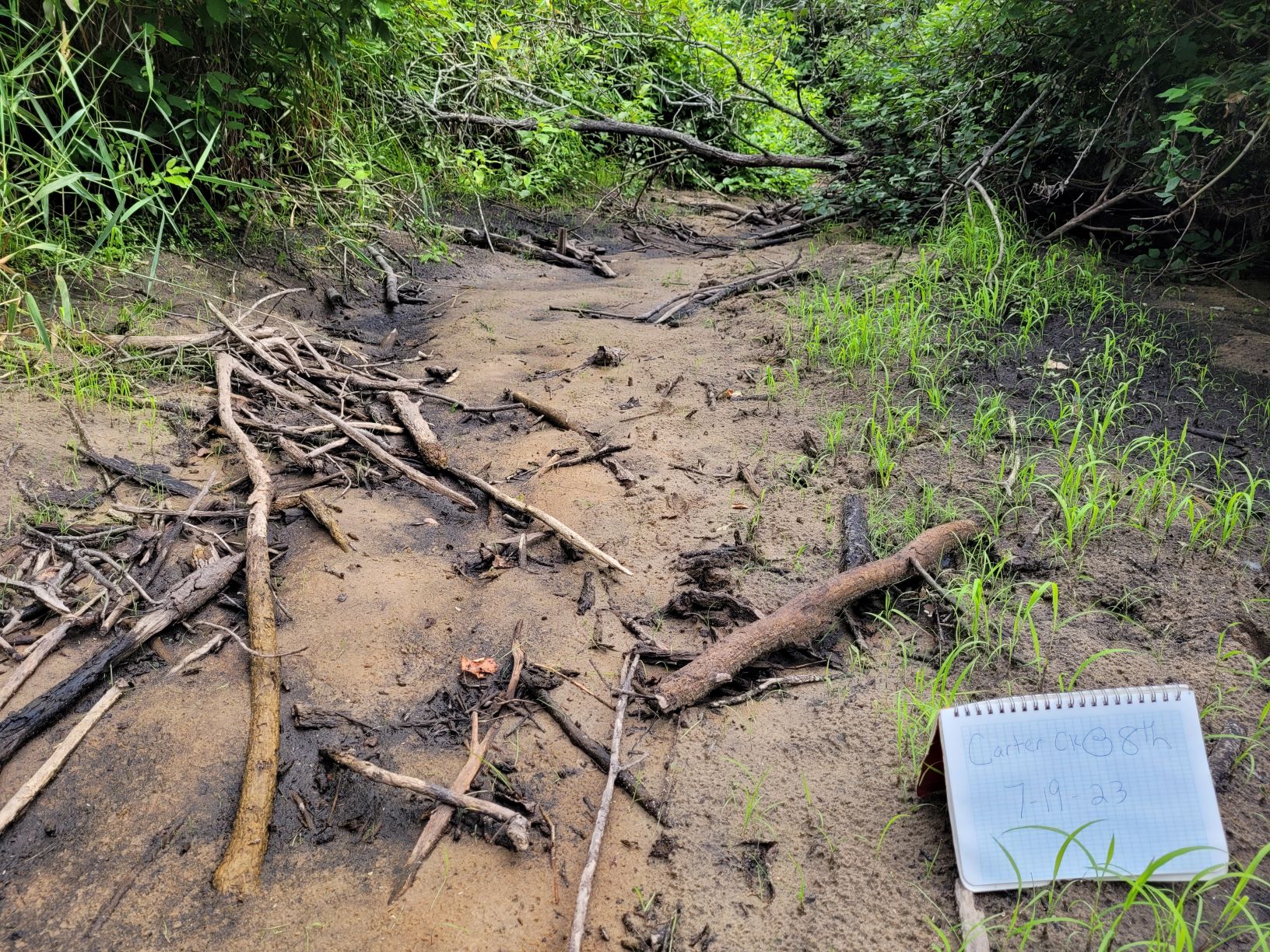In last year’s most-read stories roundup, our article said, “2019 serves as a reminder of just how much news a year can hold.”
Boy, was that premature.
It’s no secret 2020 has been a complete whirlwind of a year.
Stay informed on the latest news
Sign up for WPR’s email newsletter.
There have been numerous natural disasters; losses of giant figures from Ruth Bader Ginsburg to Alex Trebek to Kobe Bryant; an ongoing series of Black Lives Matter protests, the largest civil rights movement since the 1960s; a pandemic that has taken more than 1 million lives and changed the way we go about our daily routines; and an election season that at times seemed like it would never end.
Through it all, Wisconsin has been in the national spotlight: protests in Kenosha in response to the police shooting of Jacob Blake; back-to-back-to-back campaign stops; dozens of election lawsuits; and alarming COVID-19 numbers that made national news.
And all the while, WPR has remained dedicated to providing our audience with meaningful and fact-based content.
In December 2018, WPR launched the WHYsconsin project, asking Wisconsinites to send in their questions about the state, its people or its culture. The chaos of the COVID-19 pandemic took the project to a new level, and it’s now behind a few of WPR’s most-read stories of 2020.
While there is much anticipation for what’s ahead in 2021, we ask that you hang on to 2020 for just one more moment to check out the stories from this year that have resonated most with people.
Here’s a list of some of the most popular stories of the year, calculated using Google Analytics data from Jan. 1, 2020 to Dec. 15, 2020.
1. What To Do If Someone In Your Household Tests Positive For COVID-19. Expert Answers Your Questions
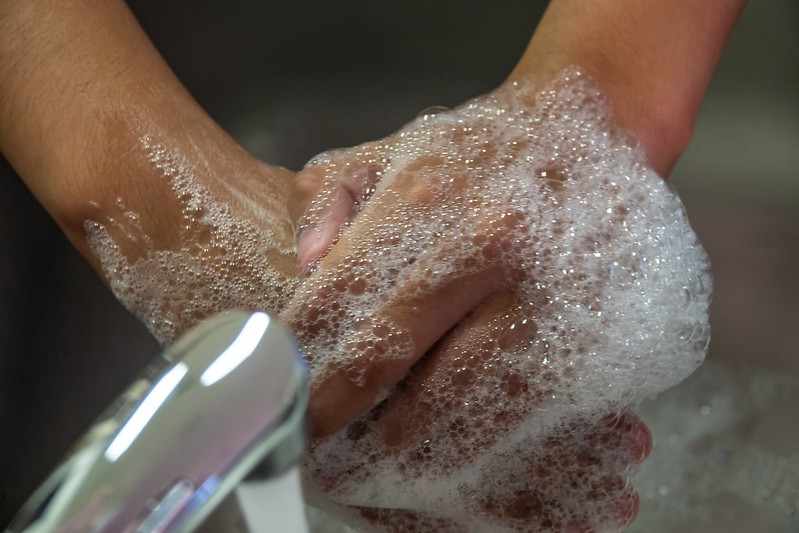
When the number of positive COVID-19 cases began to grow and Wisconsinites began sheltering in place, many weren’t sure what they should do if someone in their household tested positive for the virus.
People from all across Wisconsin reached out to WHYsconsin asking for help on how to care for someone with COVID-19 while not getting it themselves.
So, back in early April, WPR spoke with Patrick Remington, a physician and emeritus professor at the University of Wisconsin-Madison School of Medicine and Public Health, to get the answers and much-needed guidance, some of which included:
If this person has tested positive and has mild or actually no symptoms, then what you want to do is practice good isolation techniques in your home. That means having that individual go into a separate room and when you’re in contact with that person asking them to wear a mask.
Remember that the virus comes out through water droplets, a sneeze or cough or even breathing. A mask on a sick individual can catch all or almost all of those contaminated water droplets. So that’s a really important thing.
The questions asked nine months ago for this story are still relevant and continue to be asked by people from communities all across the state. In fact, people’s continued need for clarity on the subject led to another article that is among WPR’s most-read of the year. That article discusses some of the same questions, but gets more specific, for example:
- Do we need to get tested if our kids come home from school and have to quarantine because they were exposed to someone with COVID-19?
- If my spouse was in direct contact with a COVID-19 positive person, does the whole household need to be tested or just my spouse?
2. Black 18-Year-Old Attacked With Lighter Fluid, Racial Slurs In Downtown Madison

In June, the Madison Police Department began investigating an alleged assault on an 18-year-old Black woman as a potential hate crime after she was burned on the face and neck.
Althea Bernstein told police that four white men approached her car at night as she was driving in the State Street area of downtown Madison.
According to the police incident report, one of the men sprayed a liquid on her face and neck, and then threw a flaming lighter at her, causing the liquid to ignite. She was treated for burns at a hospital where staff believed the liquid was lighter fluid.
The FBI joined the case shortly after the police report was filed. In October, federal prosecutors closed the investigation, citing insufficient evidence.
The U.S. Attorney’s Office said in a statement that a team of federal and state investigators conducted interviews and reviewed traffic cameras but found “insufficient evidence to pursue federal criminal charges,” and could not establish if the alleged attack occurred.
Federal and local agents met with Bernstein to inform her they were closing the case, according to WPR reporting.
Bernstein’s family issued a statement, saying she is healing, and they appreciate the investigative effort of those involved in the case, the Wisconsin State Journal reported.
3. Historian Who Correctly Predicted Every Presidential Election Since 1984 Makes 2020 Pick

In this Q&A from an interview on WPR’s “The Morning Show,” historian and American University professor Allan Lichtman explained the criteria behind his predictions for every presidential election since 1984 — all of which have been correct. He accurately predicted President Donald Trump’s victory in 2016, as well as President-elect Joe Biden’s victory in 2020.
Lichtman’s scale awards a true or false value to 13 statements. So long as six or more statements are true, the incumbent party stays in the White House. His scale considers: strength of the economy, incumbency, contests, policy changes, scandals, social unrest and even the charisma of the incumbents and challengers.
“Based upon my 13 keys to the White House, which gauge the strength and fulfillment of the party holding the White House, it takes six negative keys to predict their defeat,” said Lichtman. “That would be Donald Trump and the Republicans. In late 2019, Trump only had four negative keys.
“But his failed response to many crises that have arisen in 2020 has resulted in the most sudden and dramatic reversal of fortune in the history of the U.S. In the matter of a few months, three more keys have turned against the incumbent Trump. With seven negative keys against him, Trump is a predicted loser in his bid for reelection in November.”
4. Governor To Issue ‘Stay-At-Home’ Order For Wisconsin
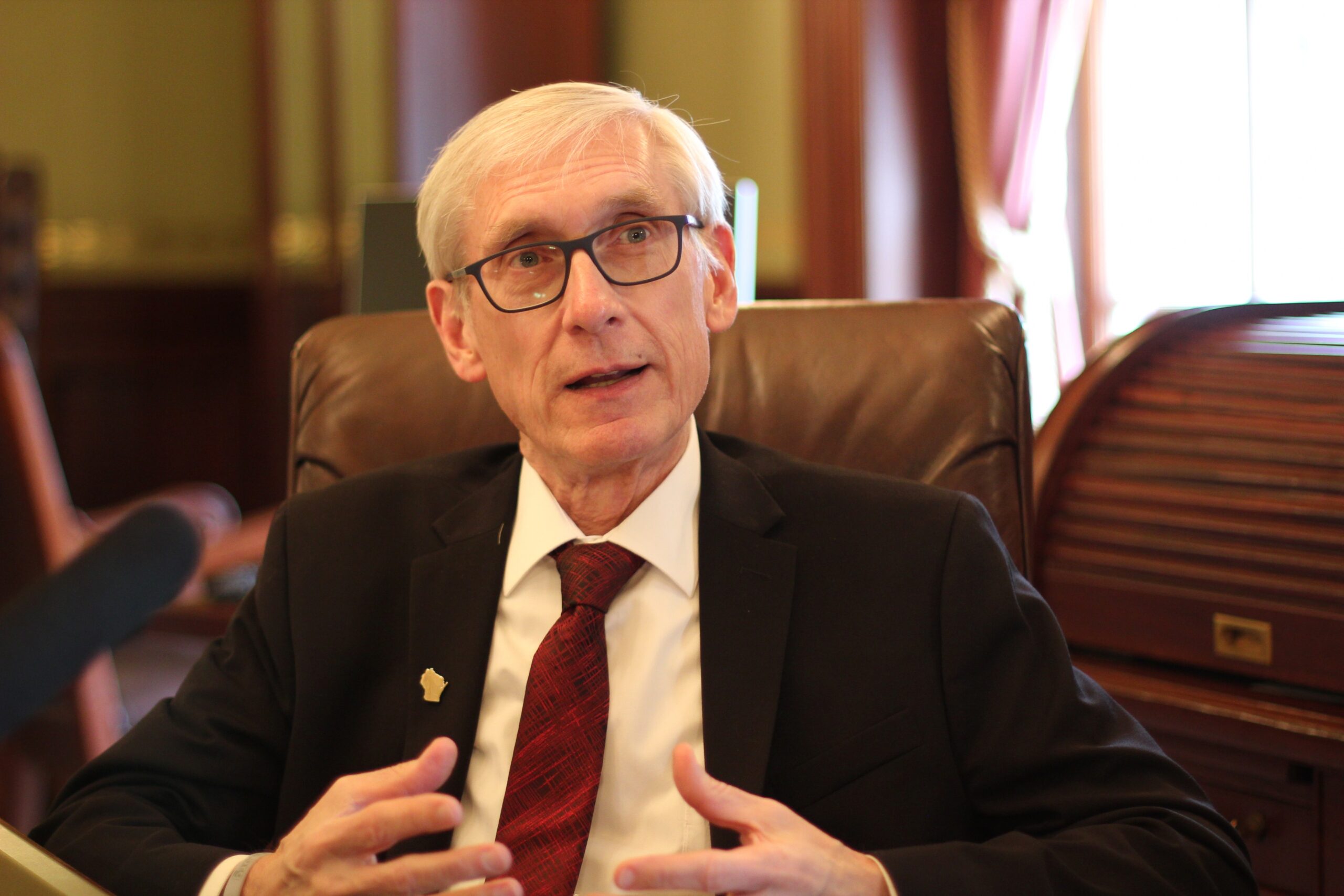
As the coronavirus began to take over the United States in March, many states started issuing lock downs and various restrictions to limit contact between people. On March 23, Gov. Tony Evers announced his plan to issue a “Safer at Home” order, which was then formally announced the following day.
The decision forced many state businesses to adjust to the new restrictions and raised many questions about what qualifies a business as “essential.” The initial announcement was vague, but Evers did say that grocery stores and pharmacies would remain open, among others.
The decision also received criticism from state Republicans — a pattern that has been common throughout the state’s response to the pandemic. “The governor’s announcement has created mass amounts of confusion,” said Assembly Speaker Robin Vos, R-Rochester, and Senate Majority Leader Scott Fitgerald, R-Juneau, in a statement. “The people of Wisconsin deserve clear communications during a public health emergency.”
Interest was so intense about the stay-at-home order that a followup story after the Evers administration issued the order was also among the most-read stories of the year. That article detailed key elements of the order and Republican response.
5. What To Know About Wisconsin’s Coronavirus ‘Stay-At-Home’ Order
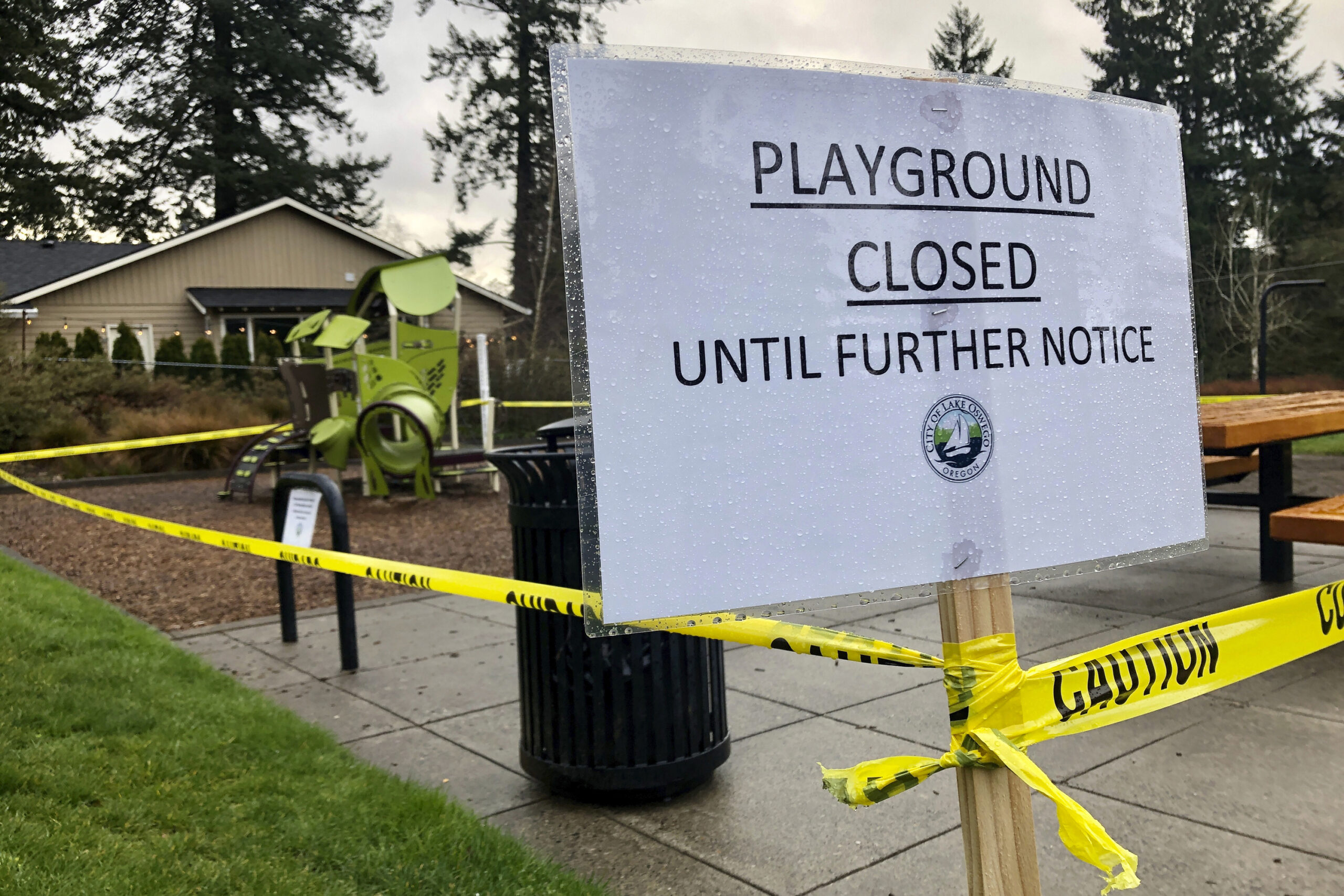
Given the unprecedented nature of the COVID-19 pandemic, the speed of the virus’ spread and the unusualness of public officials issuing stay-at-home orders designed to respond to this public health emergency, it’s perhaps natural that many in Wisconsin would have questions.
The desire for answers was likely amplified by the fact that the pandemic and responses to it were political, economic and cultural as much as they were a health and safety issue. Contending with the pandemic was hotly debated amid the U.S. presidential election and in every layer of government and extended into people’s workplaces, home life and social circles. Such was the case that it sometimes seemed like facts and data were open to interpretation.
This story sought to provide answers to the questions that people had about the stay-at-home order. Using a question-and-answer format, it sought to navigate Wisconsinites through what the order said and didn’t say and what kind of behavior it encouraged or discouraged in order to stem the spread of the virus. The story was updated frequently to include more questions and answers and to reflect changes in the status of the order as it faced legal challenges.
6. People In Wisconsin Are Being Arrested, Charged For Violating Stay-At-Home Order
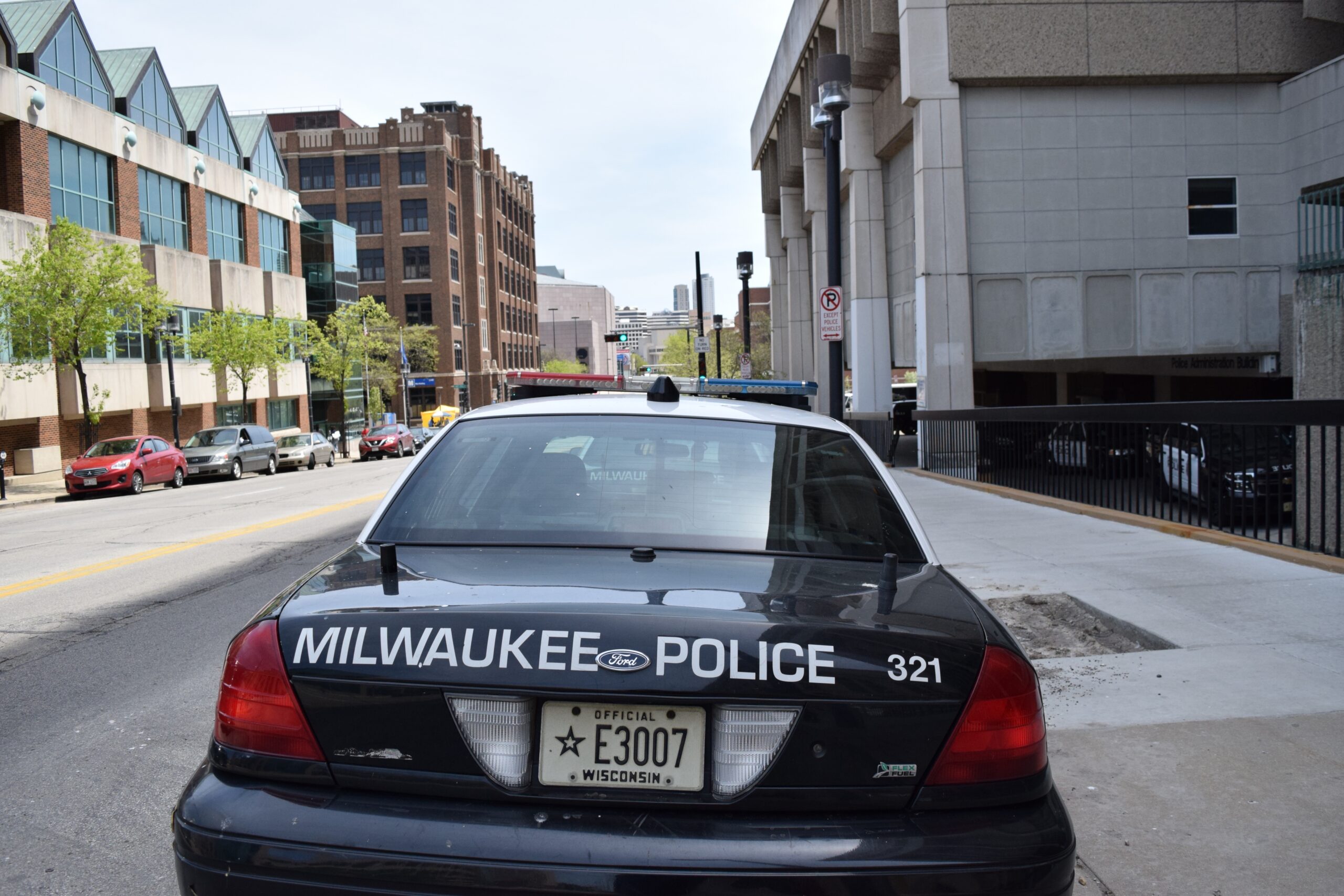
In the wake of the Evers’ administration’s stay-at-home order in the spring, some local police departments in Wisconsin began to issue citations and refer charges for people accused of violating the order. In the state’s biggest cities, there were different levels of response to enforcing the order.
In Fond du Lac County in April, the district attorney’s office filed charges against at least 10 people for allegedly violating the order. Most of the charges stem from two incidents, as described by law enforcement.
The Milwaukee Police Department said in April that officers would pursue charges against individuals who violate the order and that some had been arrested. Green Bay police said officers were being more vigilant when looking for violations while patrolling.
Meanwhile, Madison police said the department wasn’t ramping up enforcement and hadn’t issued any citations for violations of the order.
7. Rural Northwoods County Has Wisconsin’s Highest Active COVID-19 Infection Rate
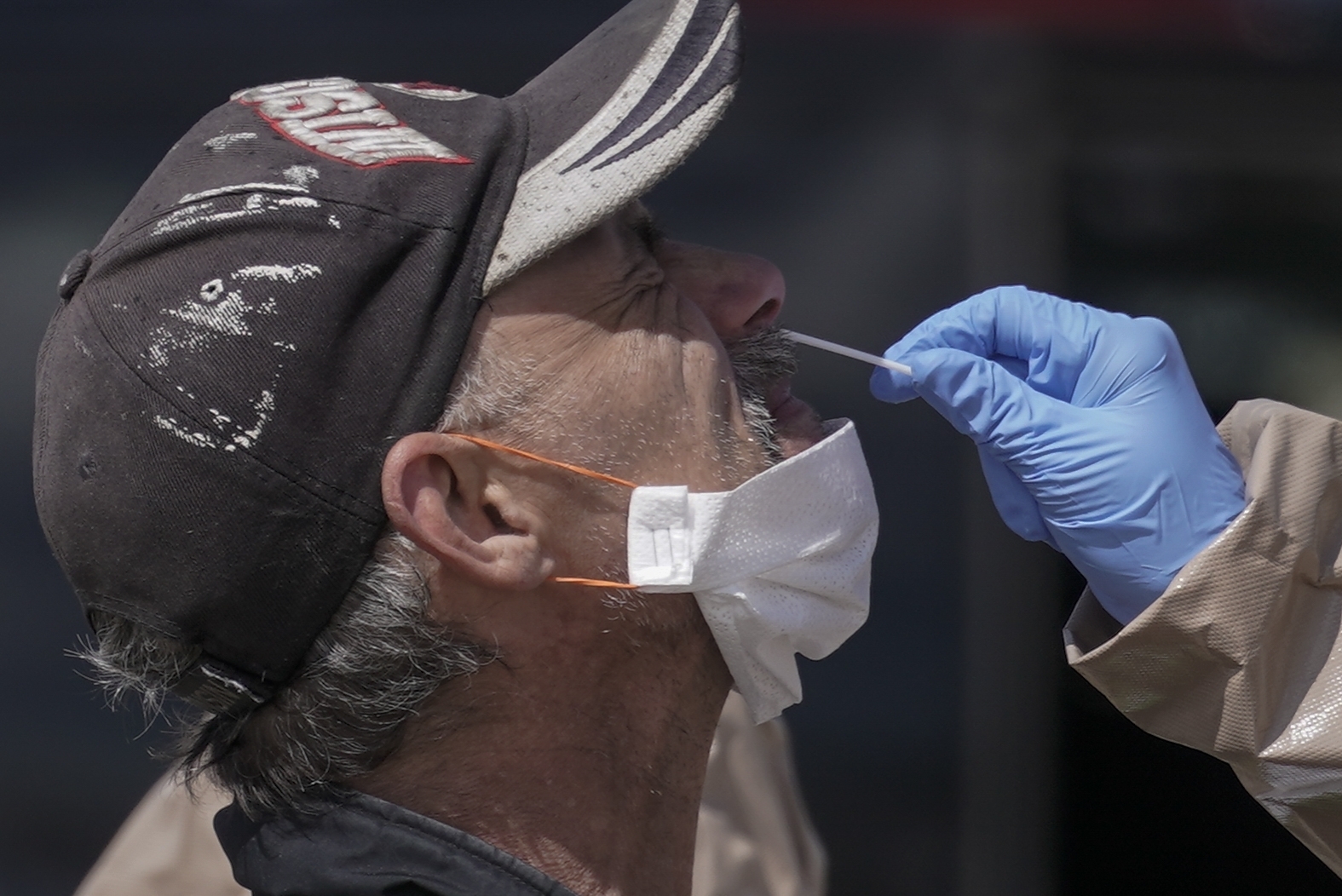
Throughout the coronavirus pandemic, Wisconsin’s rural communities have struggled with some of the state’s highest rates of active COVID-19 infections.
In July, Iron County had seen 75 positive cases of COVID-19 and one death. And while plenty of places in Wisconsin dealt with more cases and more deaths, the spike meant Iron County’s per capita rate of active cases was higher than any of the state’s urban centers.
In that case, health officials said the spike appeared to be the result of “quarantine fatigue.”
“Quarantine fatigue is a real thing,” former Iron County health officer Zona Wick said. Those low numbers “lulled people into complacency, into saying, ‘Hey, things are safe here. It’s just our family. It’s just our friends. It’s just people we know.’ … And the virus doesn’t care.”
8. COVID-19 Is Ravaging Wisconsin, And Wisconsinites Still Aren’t Staying Home
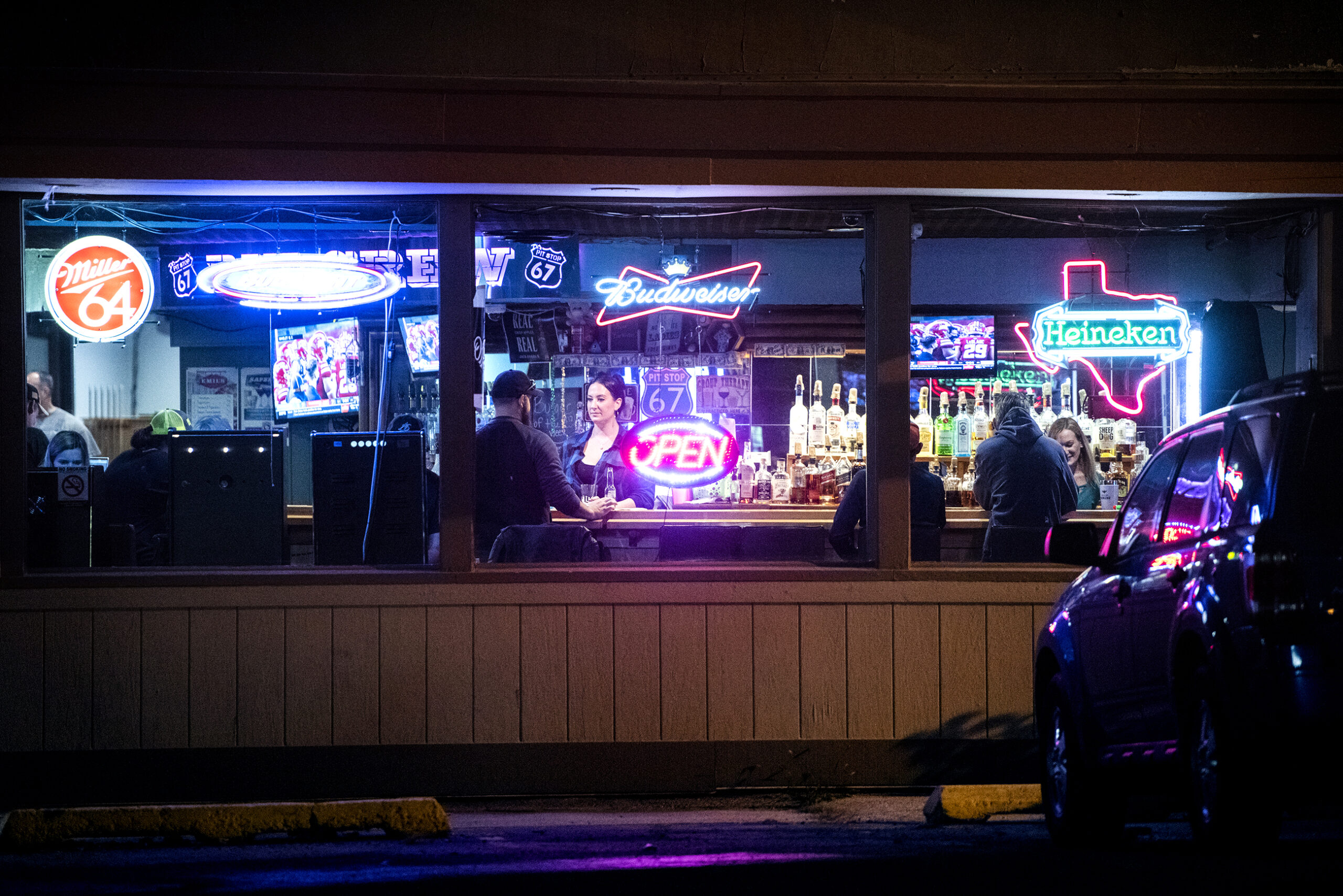
An October report from the White House Coronavirus Task Force found that despite public health warnings, overflowing hospitals and increased deaths from COVID-19, Wisconsinites didn’t change their behavior. In fact, data found people were traveling in their communities almost as much as they did before the pandemic.
The task force report also ranked Wisconsin fourth-worst in the nation for new infections. It called Wisconsin’s rising hospitalizations an “extreme concern” and wrote the situation in Wisconsin will “continue to worsen” short of real changes in state policy or public behavior.
With few statewide public health measures in place, Dr. Nasia Safdar of UW Health said individual actions are among the only ways Wisconsinites can slow the spread of the disease.
She added that people need to be united in their efforts to comply with basic public health measures of staying home, wearing masks and keeping social distance whenever possible.
“The problem with all of these things,” Safdar said, “is that they have to be done most of the time in order for them to be effective. Your weakest link, then, becomes the main reason why they fail.”
9. ‘It Is A Criminal Violation’: Wisconsin Law Enforcement Weigh In On Enforcing ‘Stay-At-Home’ Order
[[{“fid”:”1089361″,”view_mode”:”full_width”,”fields”:{“format”:”full_width”,”alignment”:””,”field_image_caption[und][0][value]”:”%3Cp%3E%3Cem%3E%3Ca%20href%3D%22https%3A%2F%2Fwww.flickr.com%2Fphotos%2Ftattoodjay%2F%22%3EJ%20J%3C%2Fa%3E%20(CC-BY-NC-ND)%3C%2Fem%3E%3C%2Fp%3E%0A”,”field_image_caption[und][0][format]”:”full_html”,”field_file_image_alt_text[und][0][value]”:”Lights on a police car”,”field_file_image_title_text[und][0][value]”:”Lights on a police car”},”type”:”media”,”field_deltas”:{“11”:{“format”:”full_width”,”alignment”:””,”field_image_caption[und][0][value]”:”%3Cp%3E%3Cem%3E%3Ca%20href%3D%22https%3A%2F%2Fwww.flickr.com%2Fphotos%2Ftattoodjay%2F%22%3EJ%20J%3C%2Fa%3E%20(CC-BY-NC-ND)%3C%2Fem%3E%3C%2Fp%3E%0A”,”field_image_caption[und][0][format]”:”full_html”,”field_file_image_alt_text[und][0][value]”:”Lights on a police car”,”field_file_image_title_text[und][0][value]”:”Lights on a police car”}},”link_text”:false,”attributes”:{“alt”:”Lights on a police car”,”title”:”Lights on a police car”,”class”:”media-element file-full-width”,”data-delta”:”11″}}]]
When Gov. Tony Evers’ administration issued its statewide “Safer at Home” order in March in an effort to curb the spread of the coronavirus, local law enforcement agencies were left with the responsibility of not only enforcing the restrictions but also educating the public about what was and wasn’t allowed.
The order allowed people to leave their homes to do essential things, like going to the doctor, the pharmacy or the grocery store, as well as exercising outdoors. But it included restrictions on gatherings and required social distancing practices.
Agencies in Eau Claire, Madison, Washington County, Milwaukee, Rock County and others took to social media to share their thoughts on the order and to let the public know their agencies’ roles. Most said people in their communities were voluntarily following the order but also stressed that there would be consequences if individuals violated it.
Citations for not complying could have resulted in at least 30 days in jail or up to $250 fine or both.
10. Wisconsin Quarantine Laws Include Potential For Steep Penalties, Jail Time
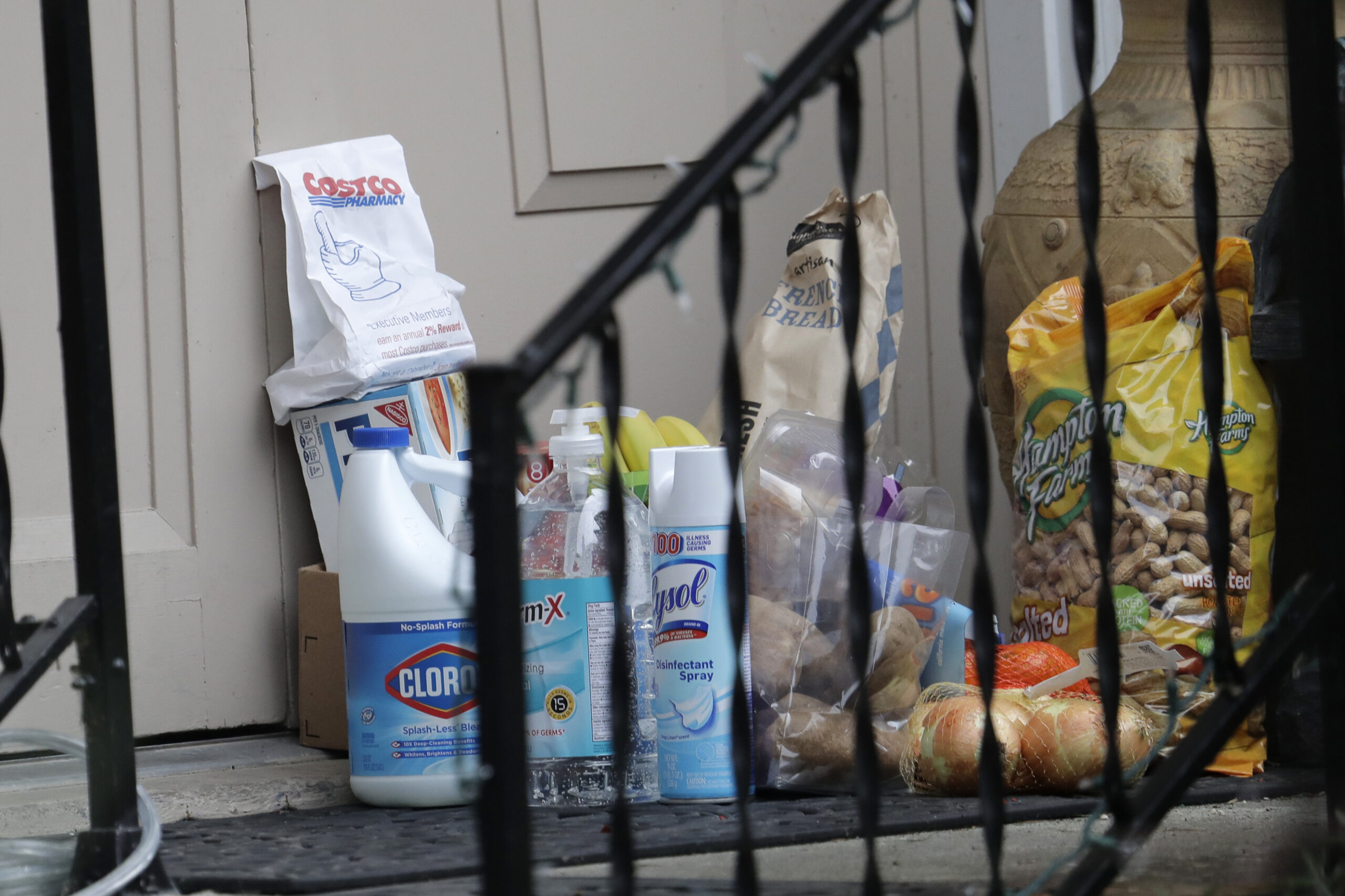
During the early days of the COVID-19 outbreak in the United State, when Wisconsin had a very small handful of confirmed cases, policymakers and members of the public alike were watching strict quarantine measures imposed in other countries like China and wondering whether any similar restrictions could be put in place here.
It turned out Wisconsin already had laws on the books for enforcing quarantines in the face of public health emergencies, which include the potential for steep fines and jail time.
Under one state law, any unauthorized person who “enters a quarantine or isolation premises” would be subject to a fine of up to $10,000 and as many as nine months in jail.
A second state law bars people who know they are infected with an illness from ignoring quarantine orders. The penalty for breaking that law is a fine of up to $500 or up to 30 days of jail time.
While state and local health officials have imposed other restrictions over the last several months to slow the pandemic’s spread, state quarantine laws have not been invoked.
Editor’s note: Andrea Anderson, Alyssa Allemand, John K. Wilson, Jenny Peek and David Hyland contributed to this story.
Wisconsin Public Radio, © Copyright 2024, Board of Regents of the University of Wisconsin System and Wisconsin Educational Communications Board.

